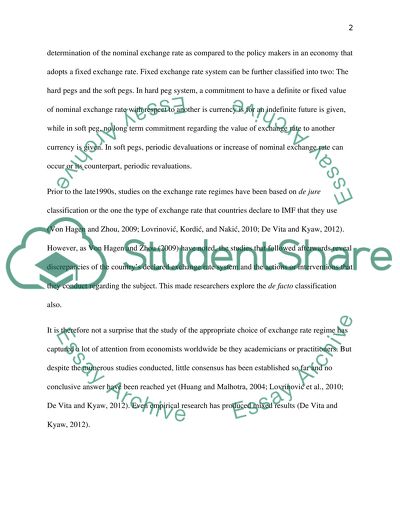Cite this document
(“The Choice of Exchange Rate Regime: Does it affect Economic Growth Research Paper”, n.d.)
Retrieved from https://studentshare.org/macro-microeconomics/1395506-the-choice-of-exchange-rate-regime-does-it-affect-economic-growth
Retrieved from https://studentshare.org/macro-microeconomics/1395506-the-choice-of-exchange-rate-regime-does-it-affect-economic-growth
(The Choice of Exchange Rate Regime: Does It Affect Economic Growth Research Paper)
https://studentshare.org/macro-microeconomics/1395506-the-choice-of-exchange-rate-regime-does-it-affect-economic-growth.
https://studentshare.org/macro-microeconomics/1395506-the-choice-of-exchange-rate-regime-does-it-affect-economic-growth.
“The Choice of Exchange Rate Regime: Does It Affect Economic Growth Research Paper”, n.d. https://studentshare.org/macro-microeconomics/1395506-the-choice-of-exchange-rate-regime-does-it-affect-economic-growth.


